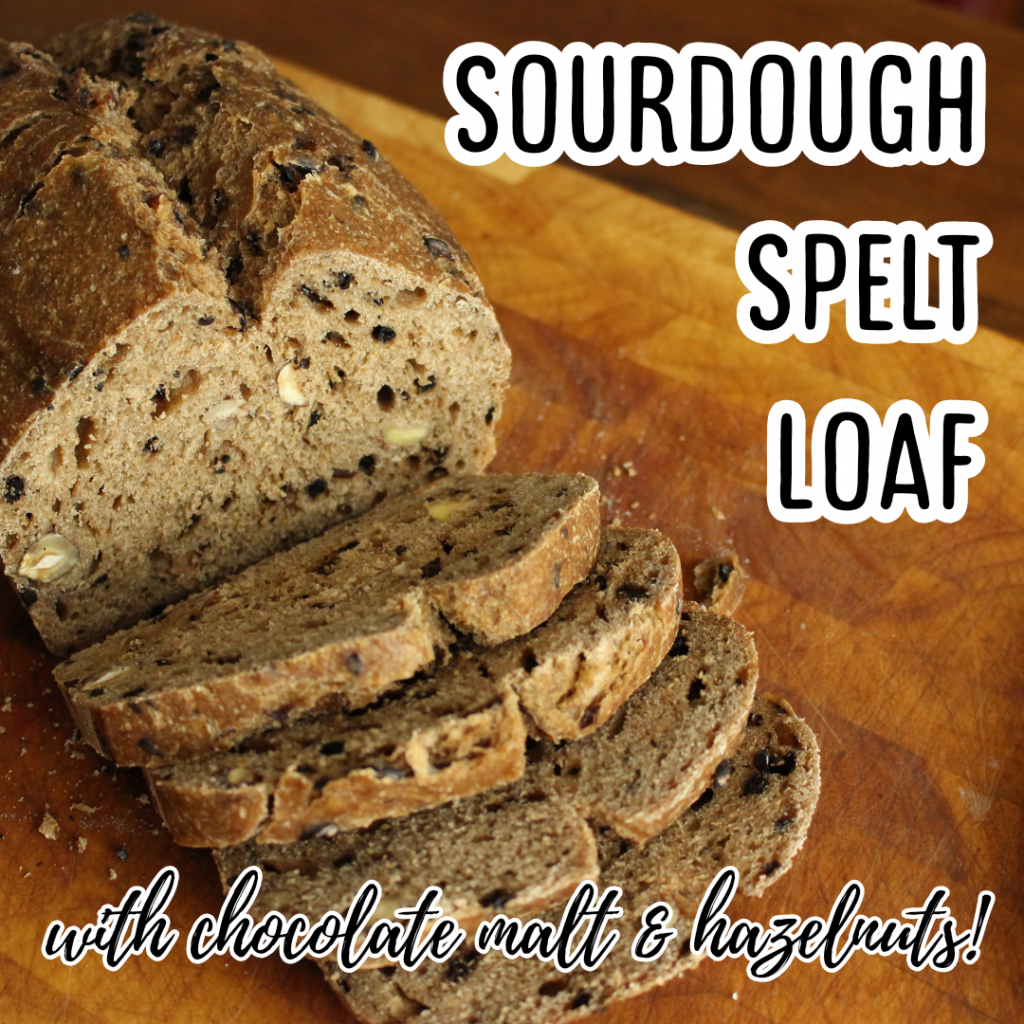I have spent hours trying to find nixtamilised corn (also known as ‘masa’) in Italy with no success. There’s corn everywhere here (think polenta) but no one appears to cook it as the original users (mesoamericans) did – with pickling lime – to increase the availability of amino acids and release the niacin.
.
That’s a little suprising to me, considering the devastating problems the Italian region of Veneto had with the niacin-deficiency disease, Pellagra, not so long ago (there’s a great episode of the podcast Gola about it, if you’re interested).
.
So, true to my usual form, I’ve decided to try and make masa myself. I’ve got myself some corn kernals and tracked down pickling lime. When it arrives, I expect to make a mess!
.
Once the masa is made, I can bring to life an authentic fermented corn cacao atole – one of the ways cocoa beans were originally, and deliciously, drunk.
.
In the meantime, I can’t stop experimenting, so I tried with ‘normal’ Italian polenta. I soured it for 2 days with a blob of my bread starter. I then cooked it up and added some of my home-roasted, ground cacao seeds. This breakfast was the result, which I then topped with ground linseed and melted ghee.
… Read More


